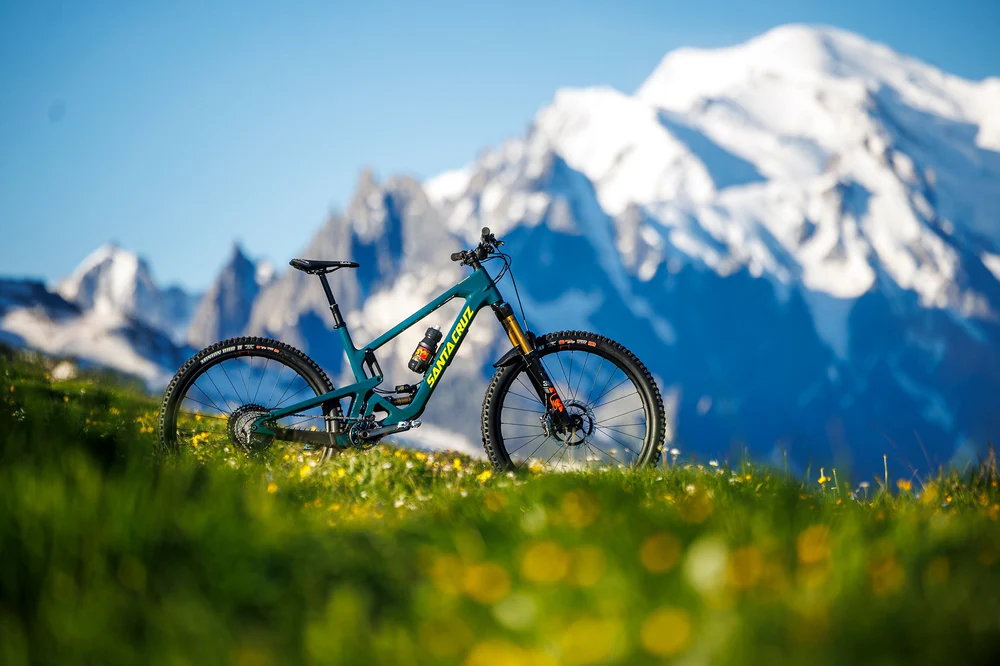
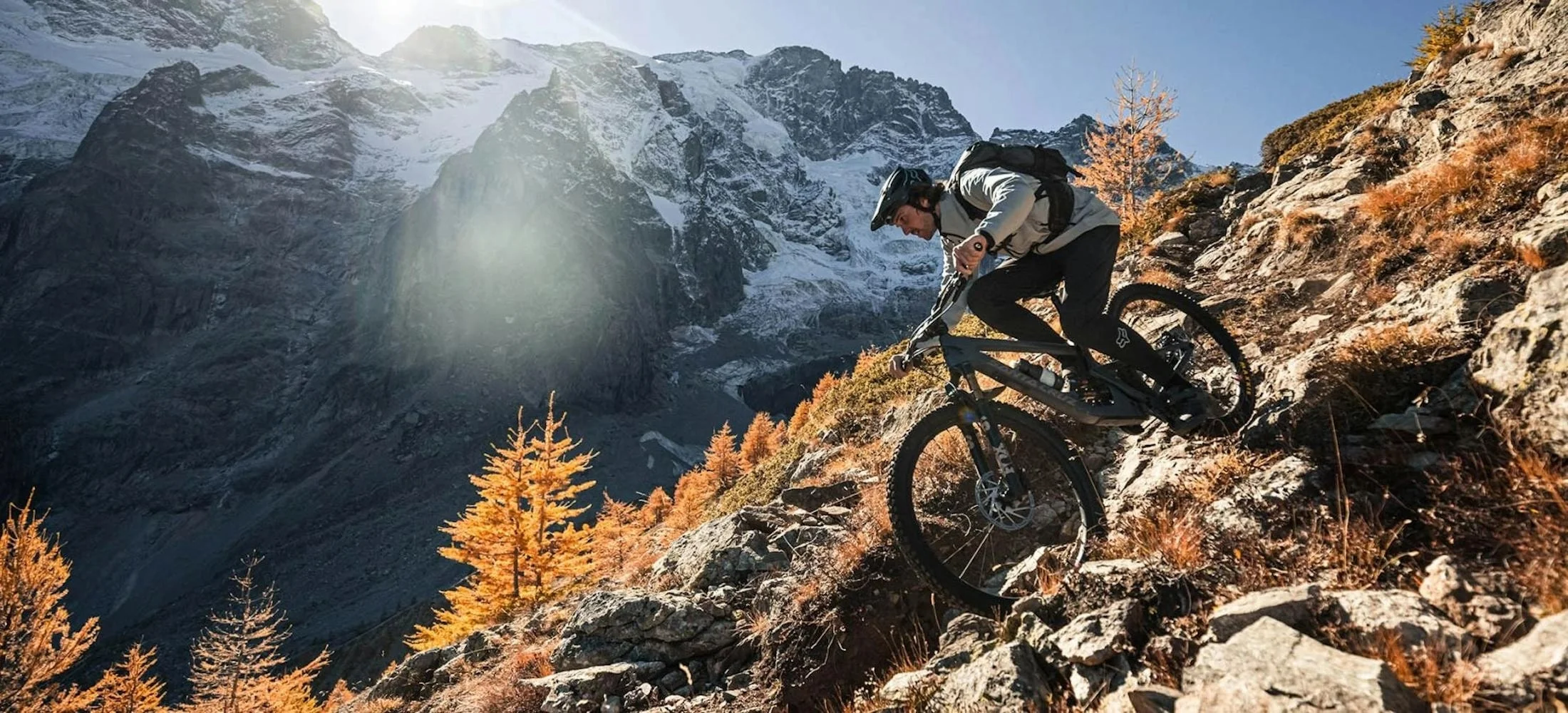
WHAT THE...
WHAT THE...
Deep dives on tech, event reports, and insights from the people within the building or on the trails.



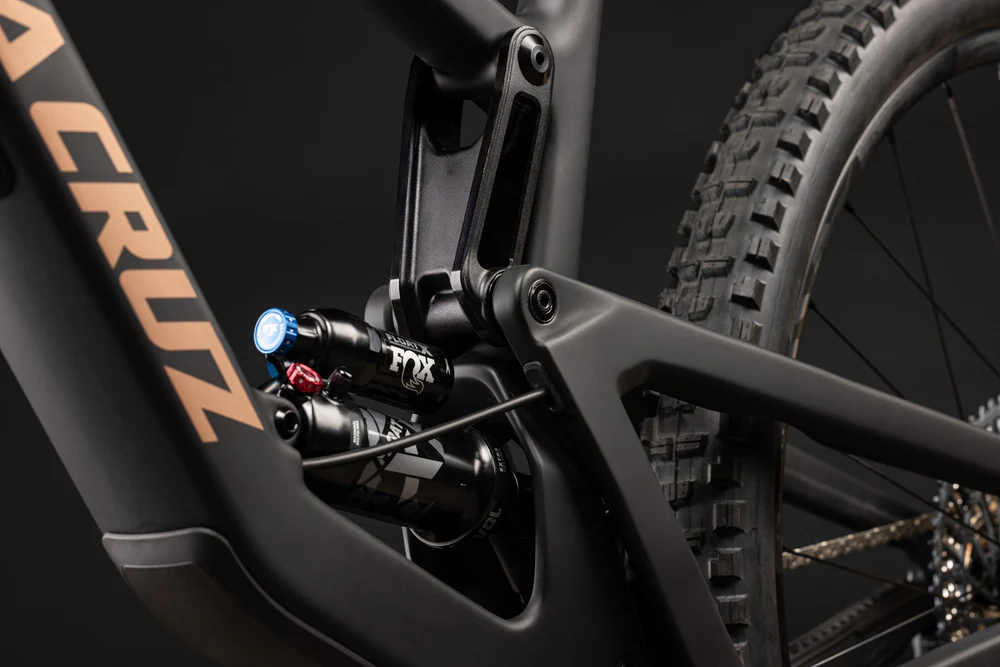
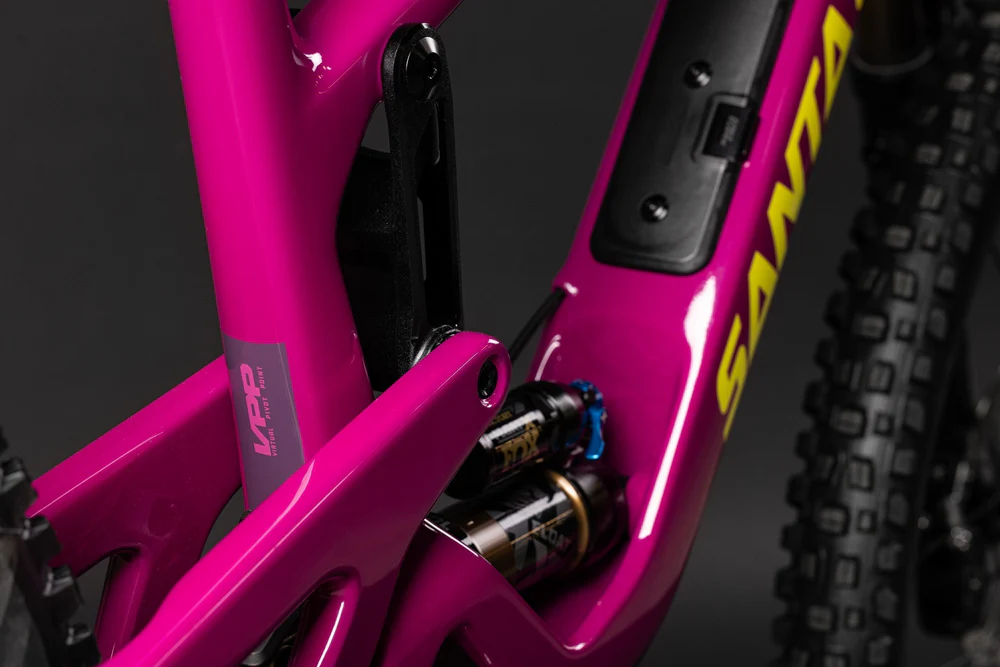




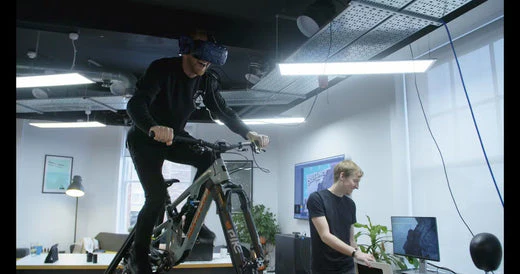

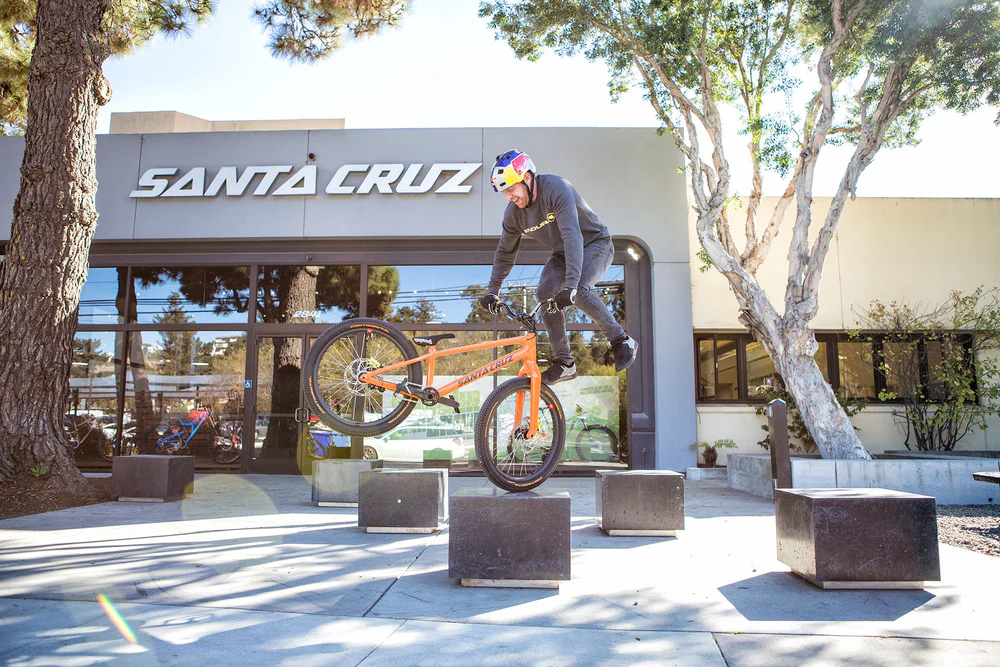

Deep dives on tech, event reports, and insights from the people within the building or on the trails.












Please select the bikes you would like to compare?
| Spec Item |
|
|---|---|
| Frame | |
| Material | |
| Features | |
| Frame | |
| Travel | |
| Weight | |
| Wheel Size | |
| Suspension | |
| Fork | |
| Shock | |
| Remote | |
| Drivetrain | |
| Bottom Bracket | |
| Cassette | |
| Chain | |
| Chainguide | |
| Crank Length | |
| Crankset | |
| Front Derailleur | |
| Left Shifter | |
| Rear Derailleur | |
| Right Shifter | |
| Shifters | |
| Brakes | |
| Brakes | |
| Front Brakes | |
| Front Rotor | |
| Rear Brakes | |
| Rear Rotor | |
| Rotors | |
| Cockpit | |
| Bar Width | |
| Dropper Length | |
| Grips / Bar Tape | |
| Handlebars | |
| Headset | |
| Saddle | |
| Seatpost | |
| Stem | |
| Stem Length | |
| Wheels | |
| Front Rim | |
| Front Hub | |
| Front Tire | |
| Rear Rim | |
| Rear Hub | |
| Rear Tire | |
| Valves | |
| Rims | |
| Ebike | |
| Battery | |
| Drive Unit | |
| Battery Charger | |
| Range Extender | |
| Specs | |
| Bottom Bracket Shell | |
| Rear Brake Mount | |
| Chainguide_standard | |
| Chainline | |
| Derailleur Hanger | |
| Shock Length | |
| Fork Axle to Crown | |
| Fork Compatibility | |
| Fork Offset | |
| Front Derailleur Mount | |
| Headset | |
| Max Chainring Size | |
| Max Rotor Size | |
| Max Tire Clearance | |
| Front Spacing | |
| Rear Spacing | |
| Rear Travel | |
| Recommended Sag | |
| Sealant | |
| Seat Clamp Diameter | |
| Seat Post Diameter | |
| Shock Bushing Size Front | |
| Shock Bushing Size Rear | |
| Shock Mounting Hardware Lower | |
| Shock Mounting Hardware Upper | |
| Shock Stroke | |
| Suspension System | |
| UDH Compatible | |
| Water Bottle Mounts |